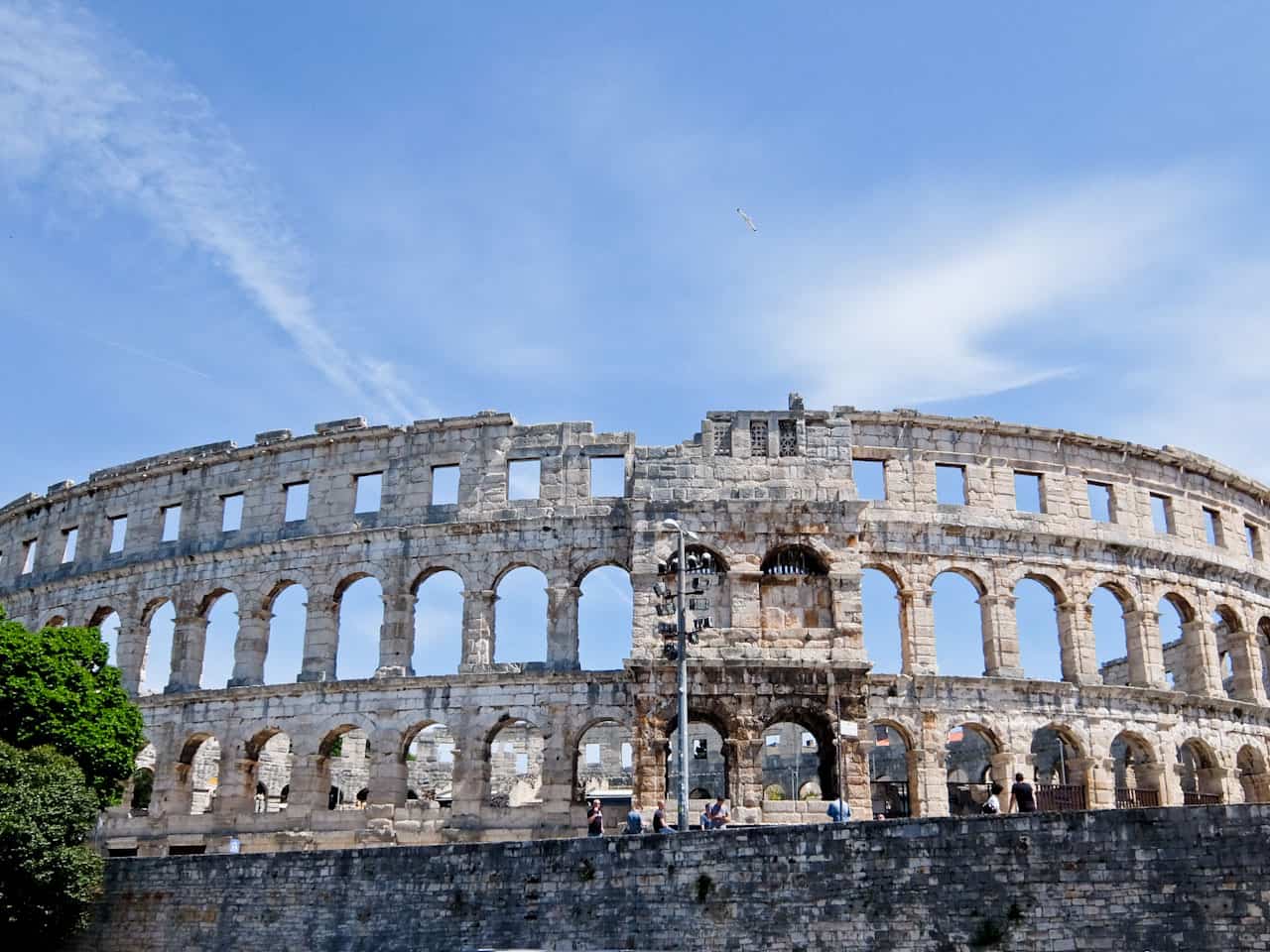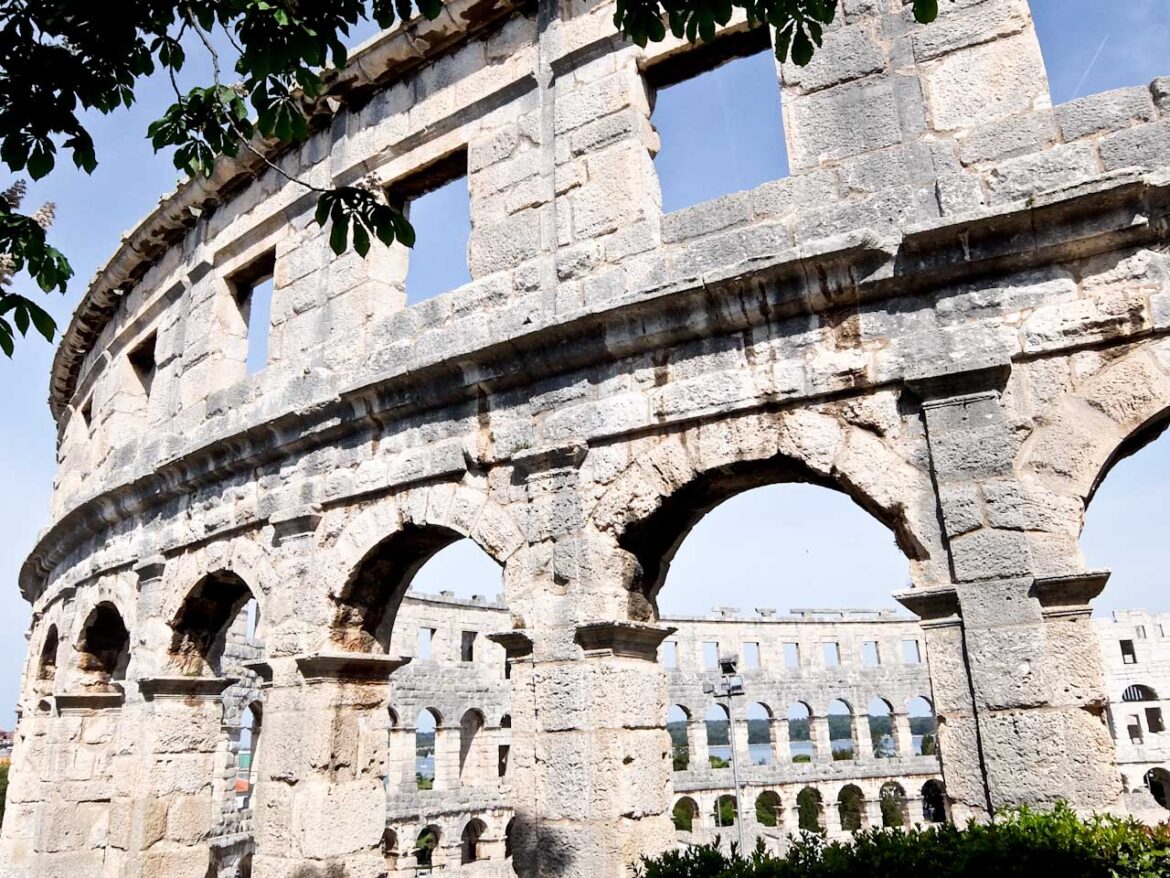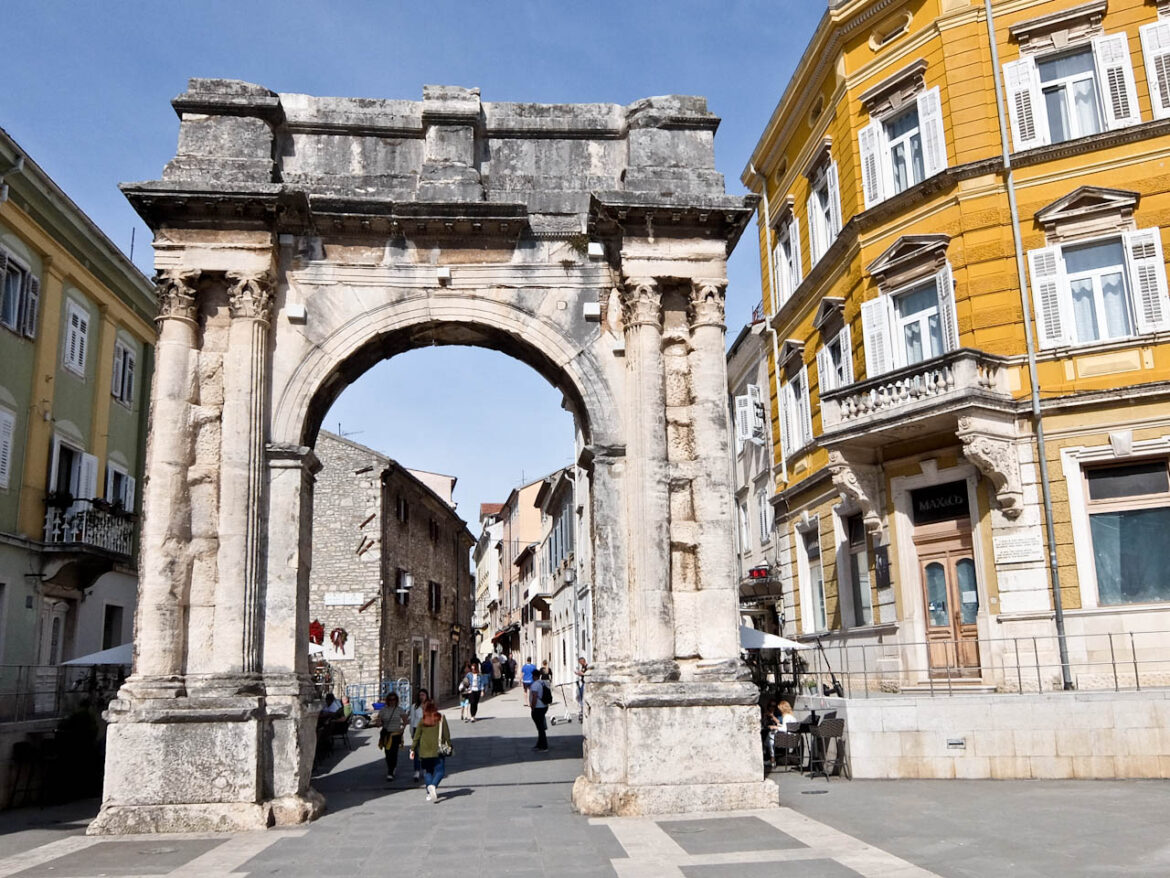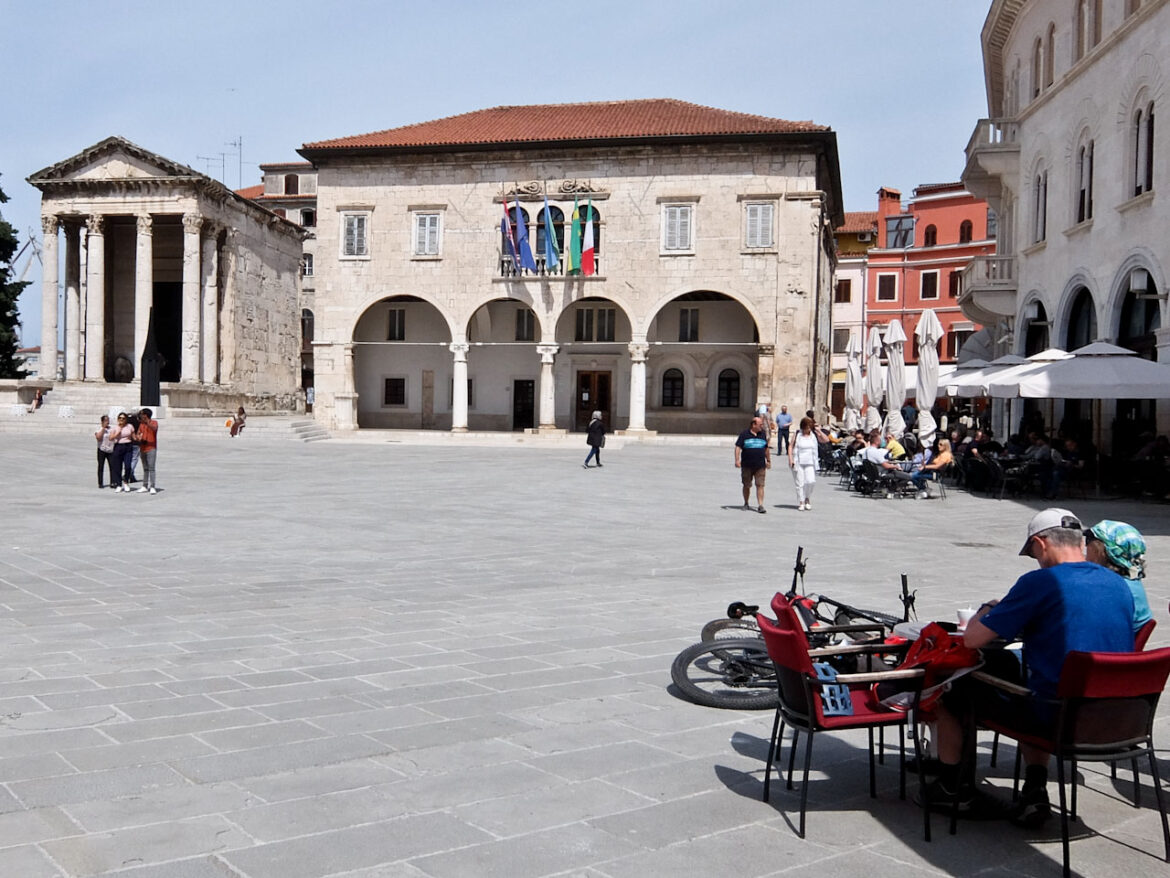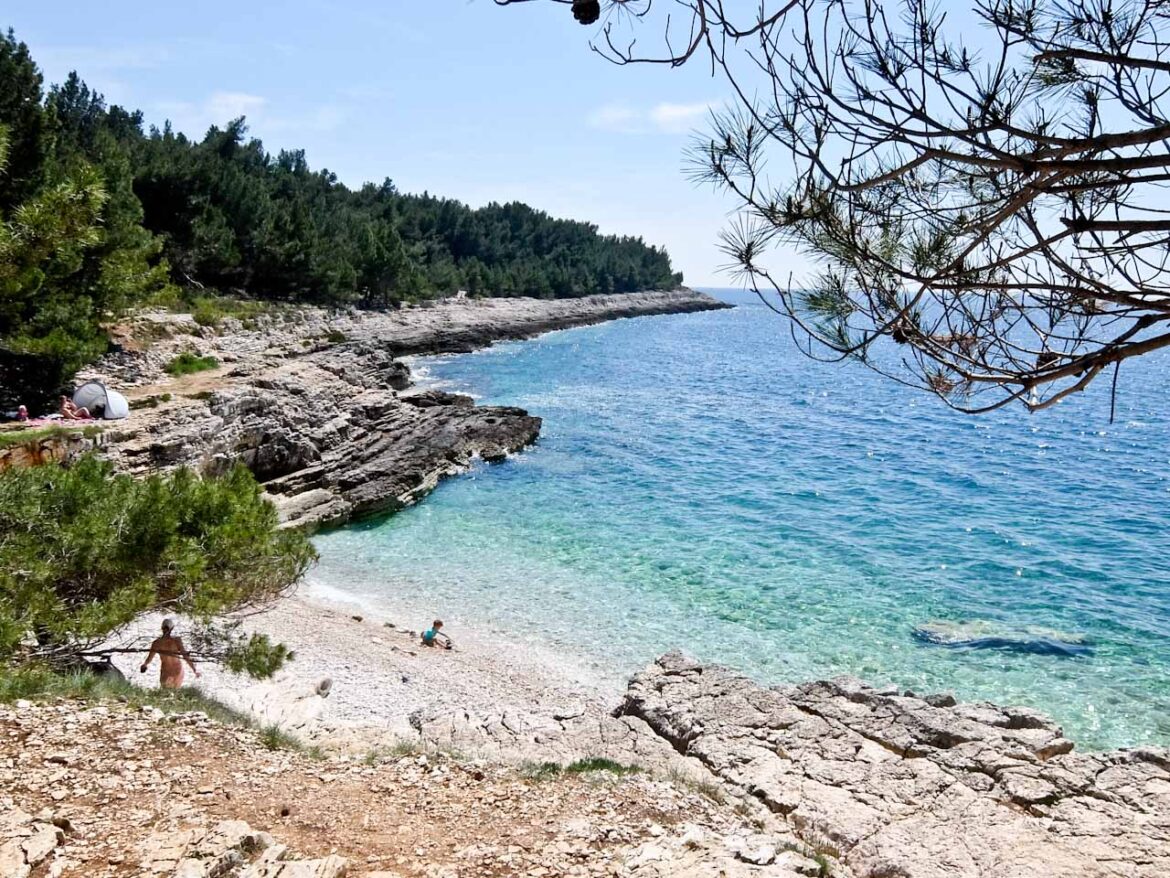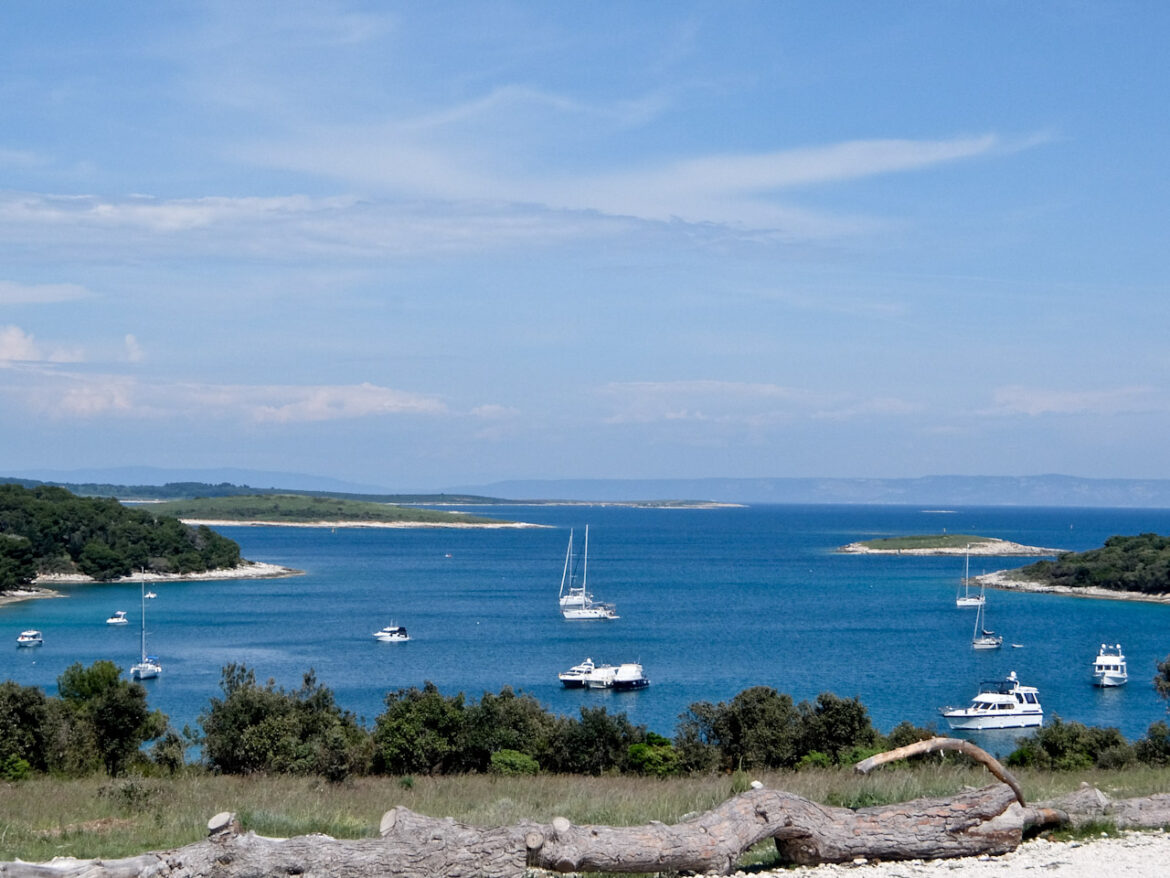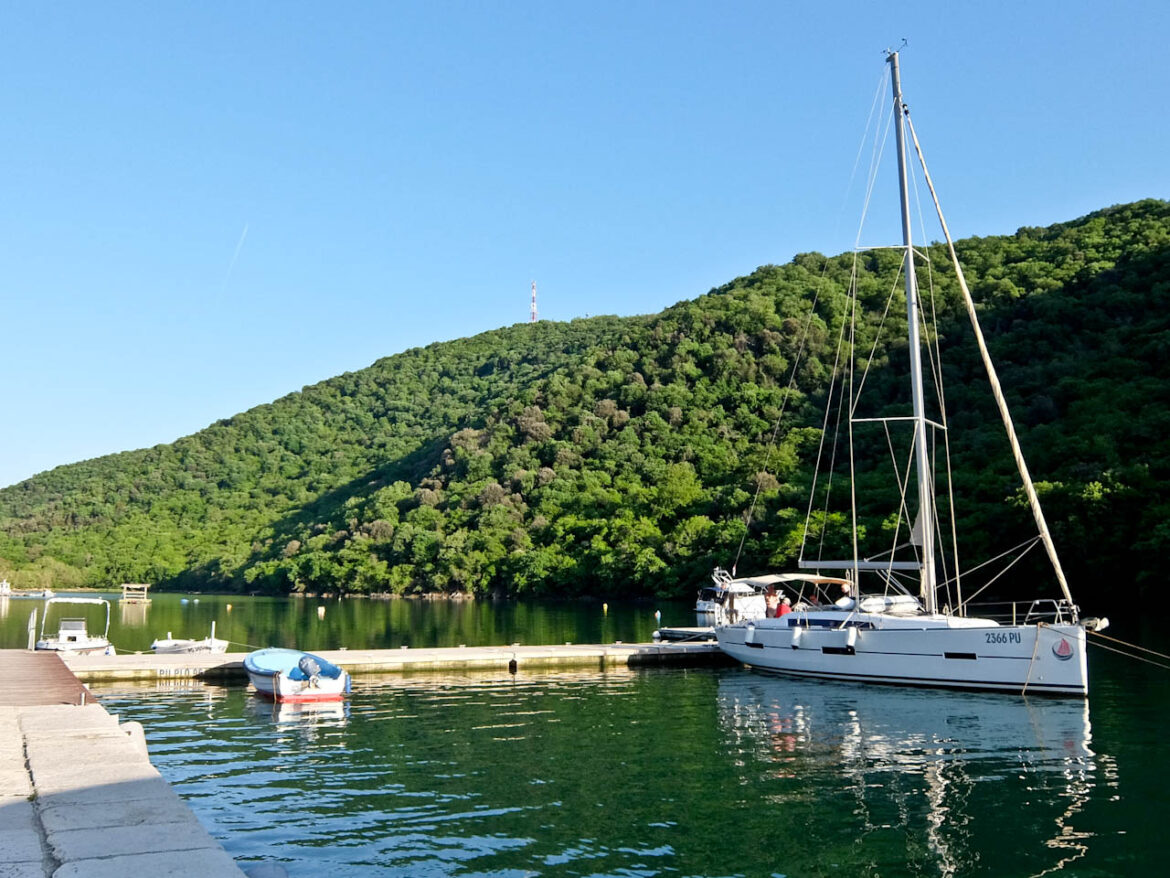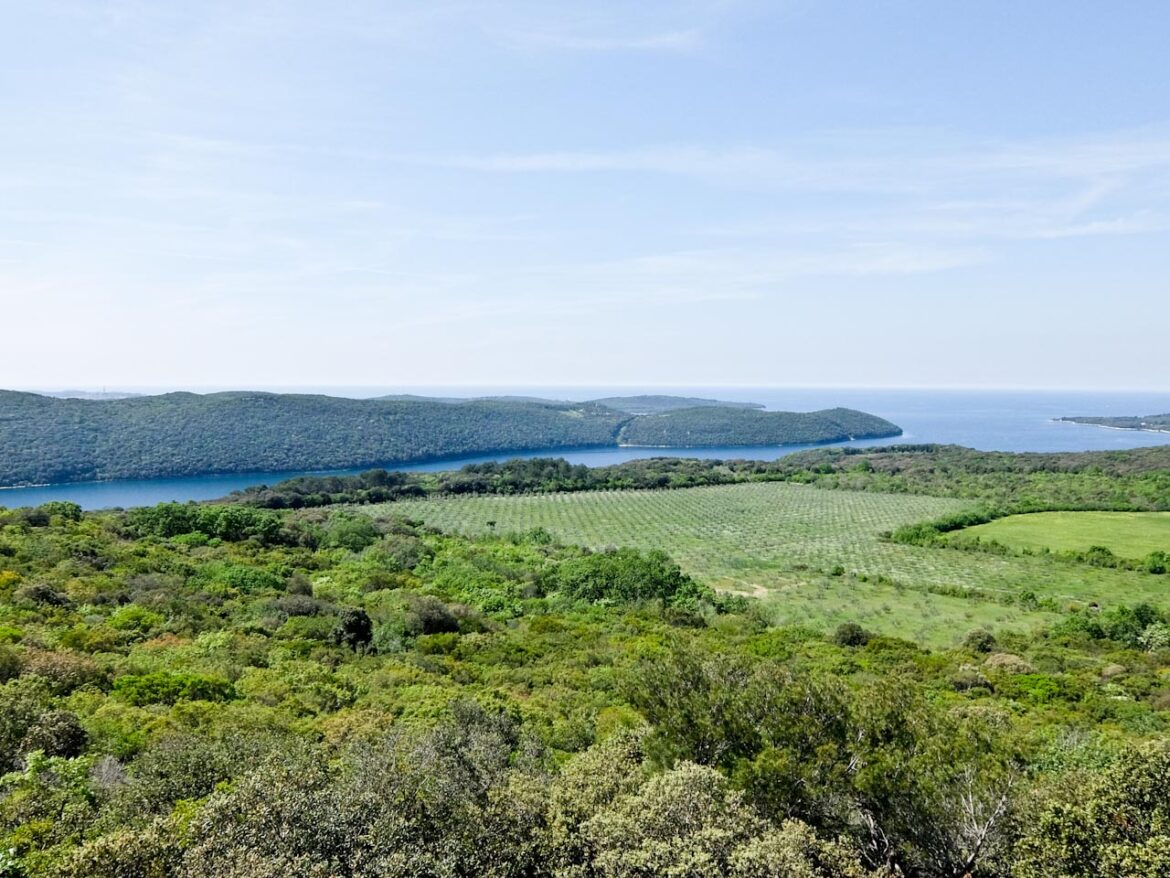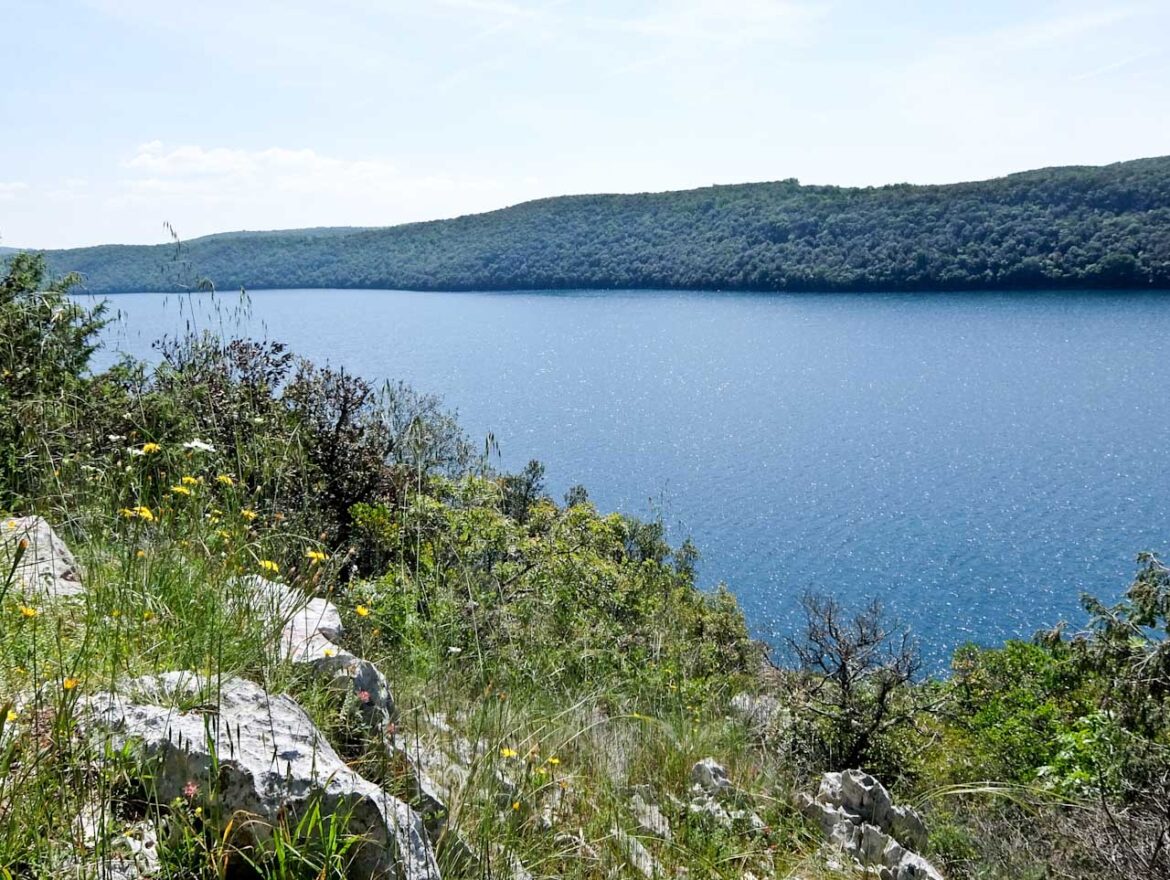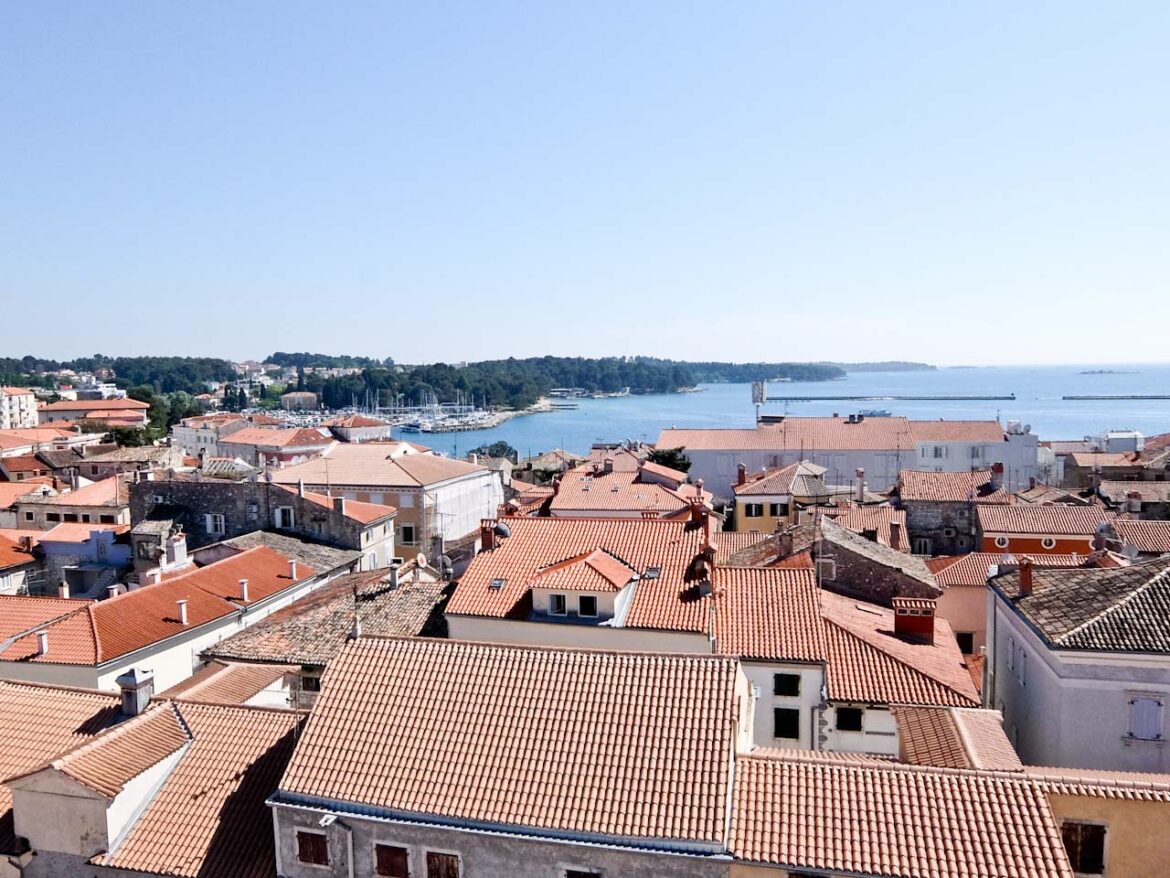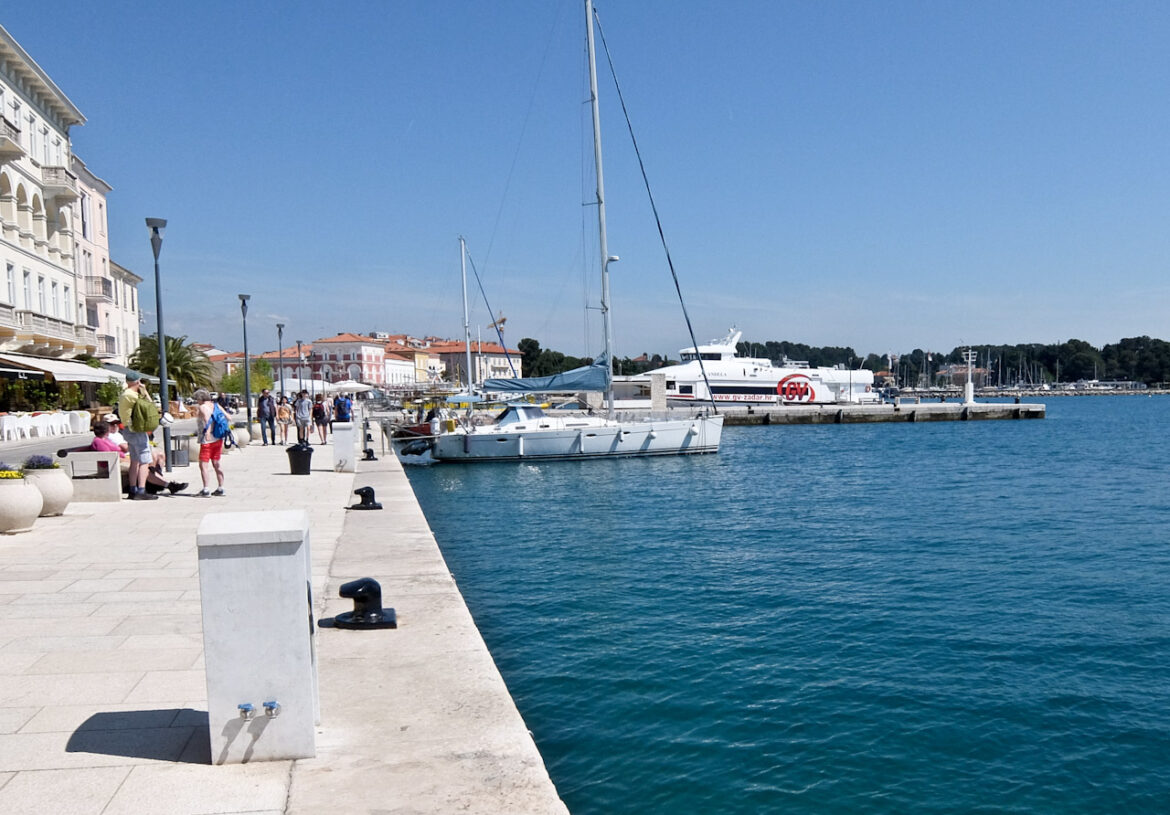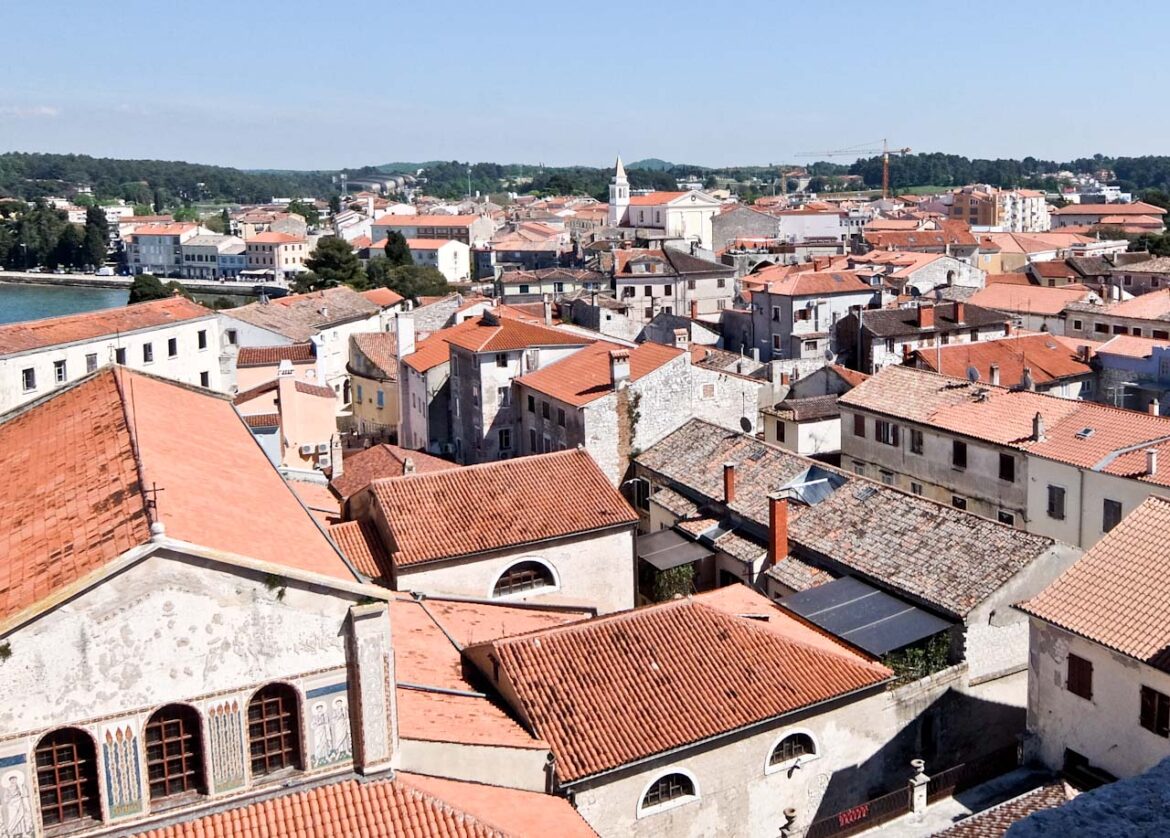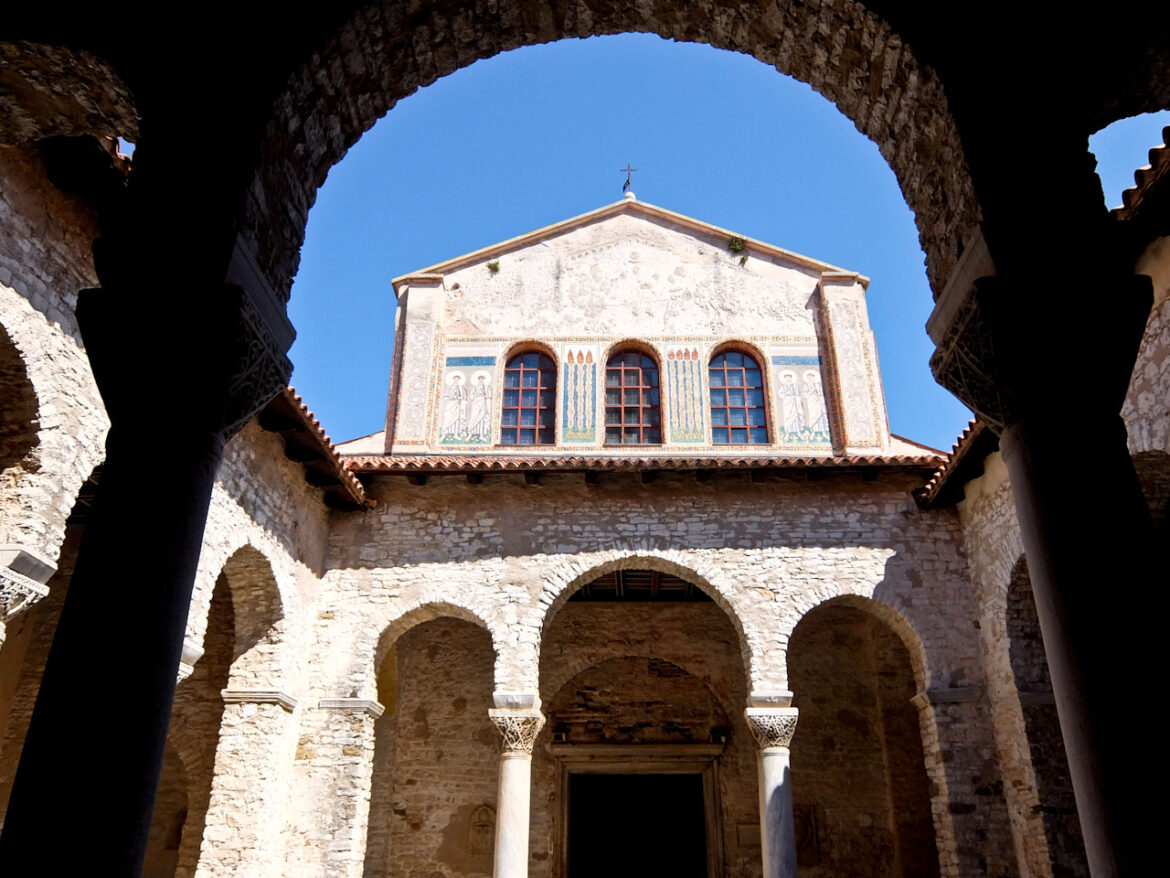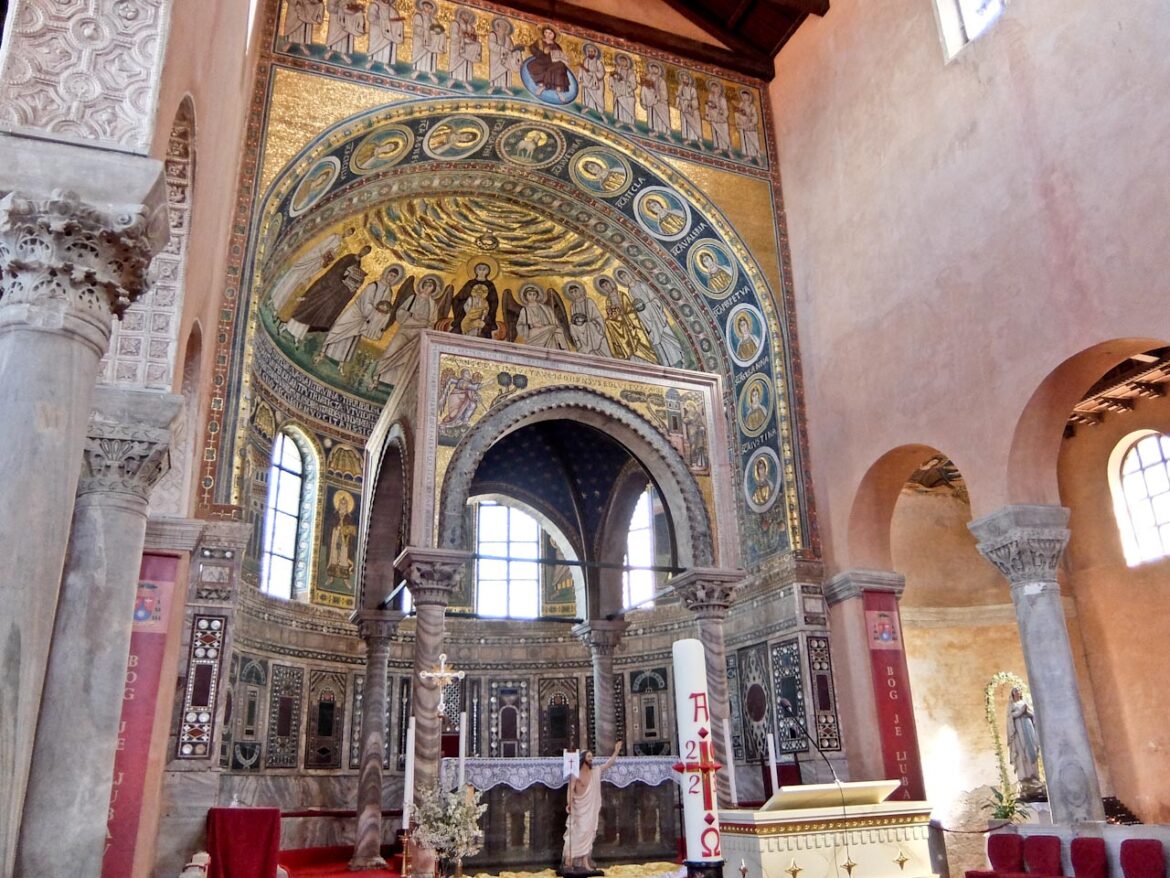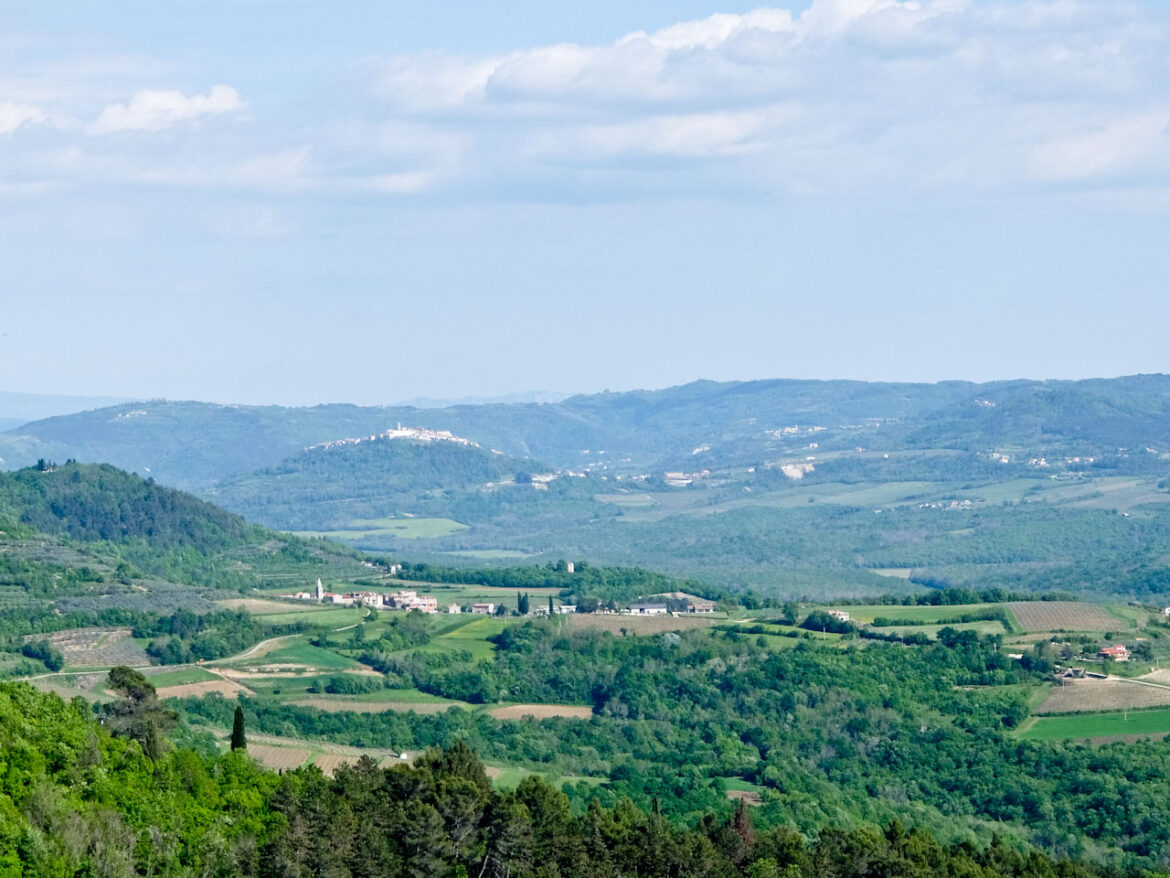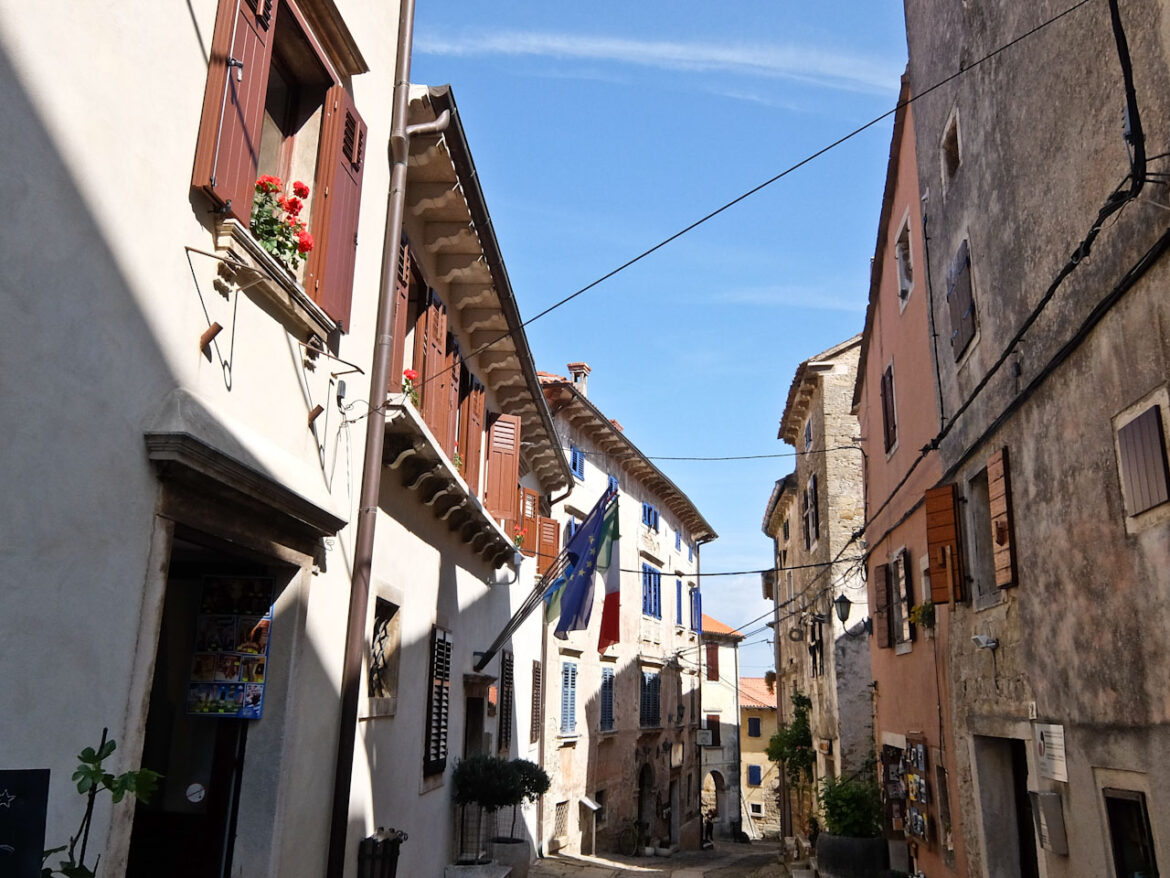Known for its idyllic coastal towns, lush vineyards, and mouth-watering cuisine, Istria offers a perfect blend of natural beauty and cultural heritage.
1
Coastal Istria, in the north-eastern corner of the Croatian Adriatic, close to Italy, has long been a holiday destination, with the Roman amphitheatre of Pula a star attraction, and the town of Rovinj offering cool sophistication. The countryside inland is relatively new to tourism but its forested rolling hills, topped with fortified villages, like Motovun, is startlingly attractive.
The port city of Pula makes a good base as it has direct flights from London, but you’ll need a hire car to explore the region. Fortunately the roads are quiet and a motorway runs south to north, right up to the border with Italy. Wine and olive oil are some of the best in Croatia and you can visit vineyards and olive farms and sample their wares.
Pula
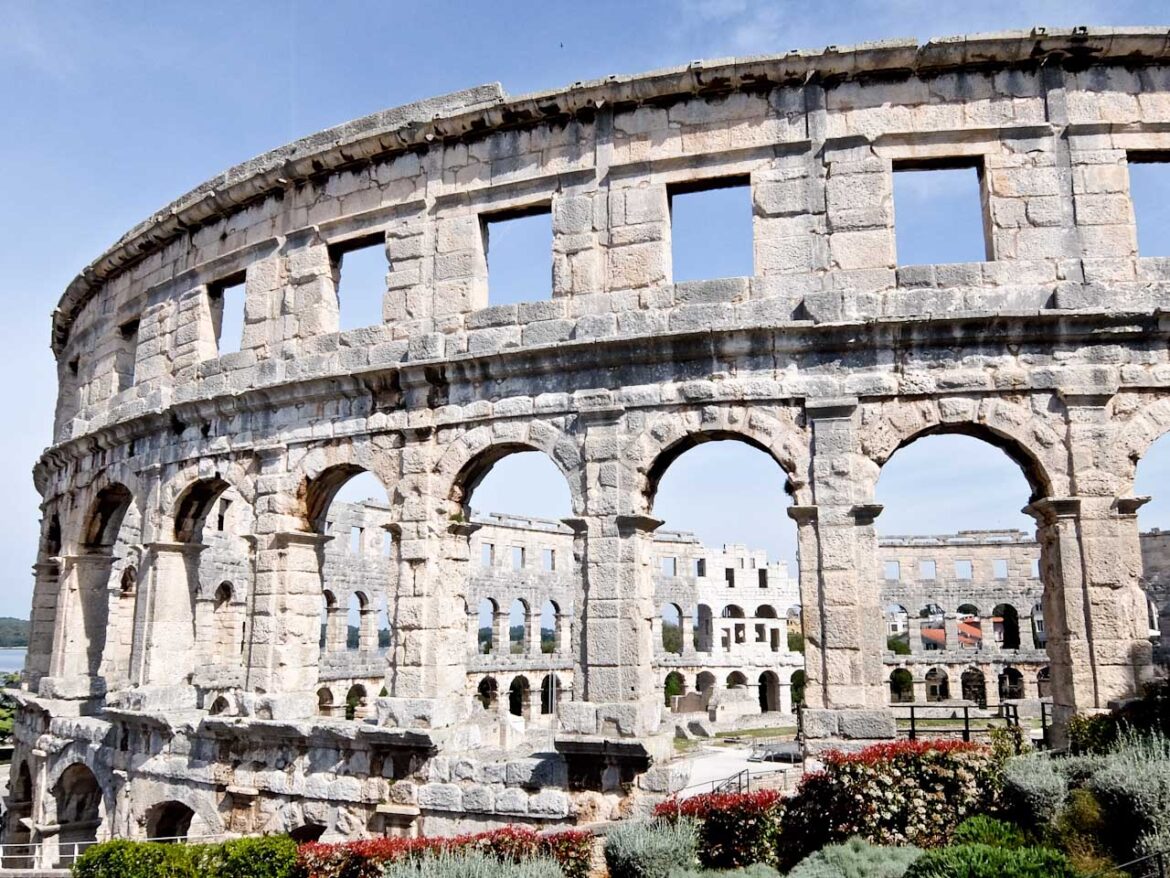
The city offers Roman ruins, crystal-clear waters, and a historic old town. The 1st century Roman amphitheatre is surprisingly intact, originally seating 23,000, although gladiator combat has now been given way to more peaceful cultural events – in summer there’s a film festival, opera season and numerous concerts.
Other Roman remains include the Temple of Augustus, which survived as a church, and the triumphal Arch of the Sergii, from 27 BC, commemorating victory at the Battle of Actium. Built in the 6th century, the Cathedral of the Assumption of the Blessed Virgin Mary is a splendid example of Byzantine and Gothic architecture. Step inside to admire its ornate altars, frescoes, and beautifully crafted marble.
The Venetians came here in the 15th century and stayed over 400 years, leaving a significant architectural imprint on the city. One of the notable landmarks from this period is the Gate of Hercules, an ancient Roman triumphal arch that was later embellished with a Venetian-style winged lion, the symbol of Venice. They’re also responsible for the narrow alleys, quaint squares and charming streets of Pula’s old town.
In the 19th century, Pula became part of the Austro-Hungarian Empire and was further developed as a naval base and shipyard. Buildings from this period include the neoclassical Town Hall and the Baroque Governor’s Palace. Other buildings reflect the architectural style of the era, characterized by a blend of neoclassical, Baroque, and Secessionist influences.
Cape Kamenjak
Occupying Istria’s southern tip, around 30 minutes’ drive from Pula is the protected area of Cape Kamenjak. Walking or biking trails explore its diverse coastline with numerous hidden coves, rocky cliffs, and beautiful pebble beaches. There’s even a dinosaur footprint above one of them and the crystal clear waters are ideal for swimming or snorkelling
Rovinj
Just up the coast, the small town of Rovinj tumbles down a hillside overlooked by the tower of the iconic St. Euphemia’s Church. Its narrow cobbled streets are filled with art galleries, boutiques, and craft workshops, the buildings painted in an array of vibrant colours. This is cool Croatia at its best, where sophisticates gather by the harbour for evening cocktails.
Limski Kanal
North of Rovinj, mistakenly referred to as a fjord, Limski Kanal is a narrow channel stretching inland for around 12km. Its sides are lined with steep cliffs clad in lush greenery, reflected in its crystal-clear waters. It’s often been used in a film location, most notably for fifties movie “The Vikings”. On its north bank is the Kontija Nature Park, with several well-maintained trails, ideal for bird watchers.
Poreč
Another Roman town is Poreč with the remnants of the forum still visible in Marafor Square. The great attraction here, however, is the UNESCO listed Euphrasian Basilica, a masterpiece of Byzantine art and architecture, from the 4th century. The mosaics that cover the walls of the interior are particularly stunning and it’s worth climbing the bell tower for panoramic views of the town and coastline.
Grožnjan
Inland Istria is a verdant paradise adorned with rolling hills, picturesque vineyards, and medieval hilltop towns. Motovun is the most famous but Grožnjan is less touristy and shares the same characteristics. The city walls survive intact with the Venetian Gate and the Gate of St. Roch allowing access to the narrow streets. The traditional Istrian stone houses, ancient wells, and charming courtyards are home to numerous art galleries, including painting, sculpture and ceramics.
Hum
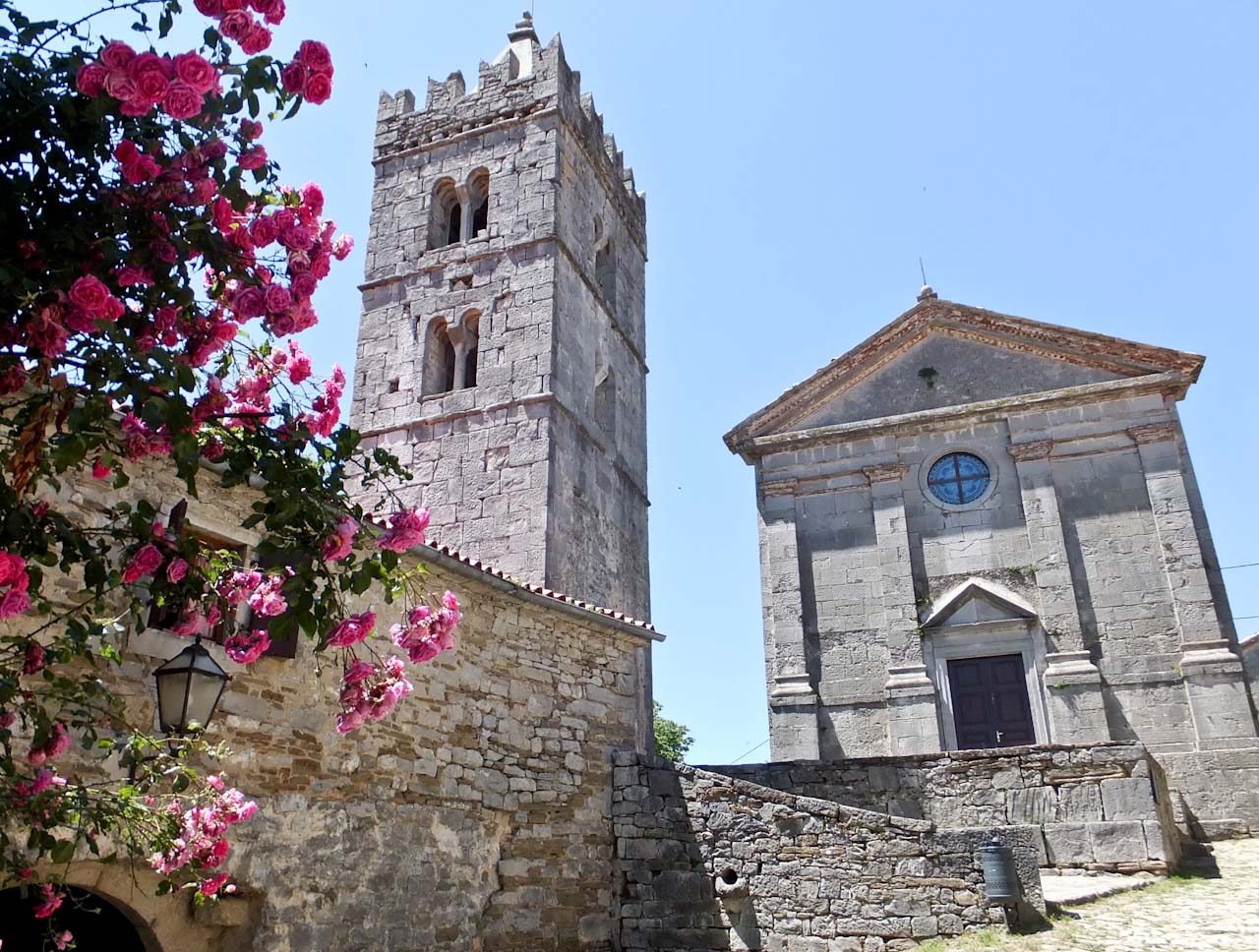
Hum, according to the Guinness Book of Records, is the smallest city in the world, with around 20 inhabitants. The walls enclose a handful of houses and the church of St Jerolim contains fragments of frescoes from the 12th century. Try Buska, their famous brandy, and only made here. The recipe is secret but mistletoe is a key ingredient and it’s claimed to have strong medicinal qualities.
Fact file
GO: Ryanair and EasyJet have direct flights to Pula from London.
INFO: Istra has information about the region.
Visit Croatia has information about the country.
STAY: Grand Hotel Brioni by Radisson just outside Pula makes a comfortable base.
EAT: The restaurant in the Hotel Amfiteatar in Pula is right next to the Roman Amphitheatre.
Restaurant Sveti Nikola in Poreč has sea views and good food.
Batelina has excellent fish in Banjole near Pula.
Mate Vekić, in Savudrija, does an Olive Oil tour and tasting. Their oil always wins prizes in international competitions

